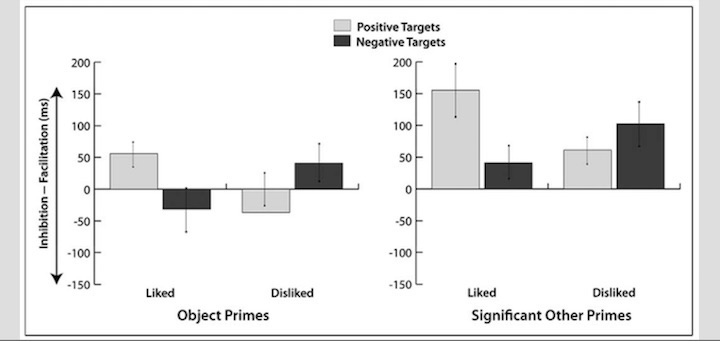
What to Do When You Hate the One You Love

It's a thin line, says an old song and some new research. Here are seven ways to keep bad feelings from getting out of hand.
Have you ever hated your partner?
You are not alone: It turns out that almost all of us have times when we strongly dislike the people we love the most—although some of us may not even realize it.
In a series of studies, Vivian Zayas and Yuichi Shoda found that people don’t just love or hate significant others. They love and hate them—and that’s normal. The key to getting through the inevitable hard times, as my own research suggests, is to never stop trying to understand where your partner is coming from.
Love is complicated, isn’t it?

How did Zayas and Shoda find the hate in the midst of love? They asked study participants to think of a significant other they like very much. Then, the participants reported on their positive and negative feelings toward that person. Unsurprisingly, people reported highly positive feelings and very low negative feelings toward the person they had chosen.
But then the researchers assessed implicit feelings—the emotions they might not be consciously aware of—about the significant other. How? Participants did a standard computer task that measures how quickly they respond to certain directions. They’d see the name of their significant other pop up on the computer screen, which was then was quickly followed by a target word that was either positive (e.g., lucky, kitten) or negative (e.g., garbage, cancer). Their job was to categorize the target words as positive or negative as quickly as possible by pushing the correct button.
That’s when the bad feelings came out.
Here’s how our brains work, as revealed by decades of psychological research: If we are thinking about something pleasant when a positive word pops up, we are quicker to categorize it as positive; but when a negative word pops up, we are slower to put it in the negative category. Likewise, if we are thinking about something unpleasant, we will be slower to categorize positive words and quicker for negative ones.
This task allows researchers to actually quantify people’s feelings towards their significant others, by calculating how quickly they respond to positive words and negative words after seeing their significant other’s name.
Still with me? Great, because here is where it gets interesting. Take a look at the graph below. The bars on the right show that, as expected, participants were quicker to categorize positive words after seeing their significant other’s name. But they were also quicker to categorize negative words. Not just not slower—actually quicker!
 Zayas & Shoda (2015)
Zayas & Shoda (2015)
Comments